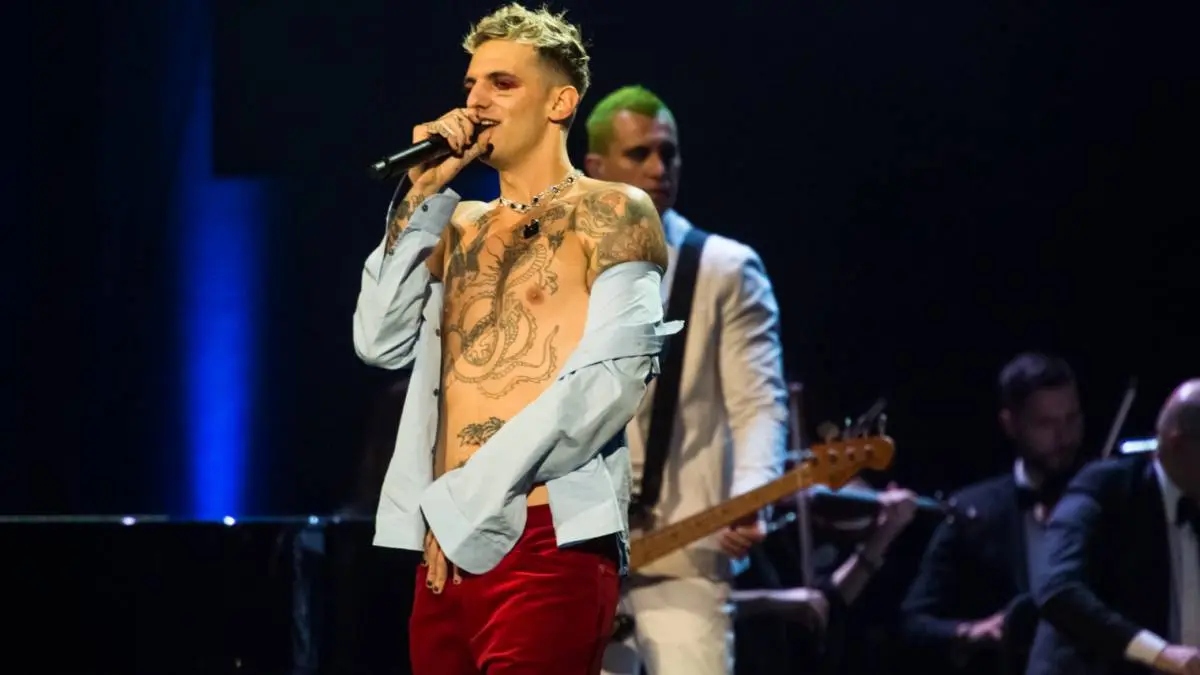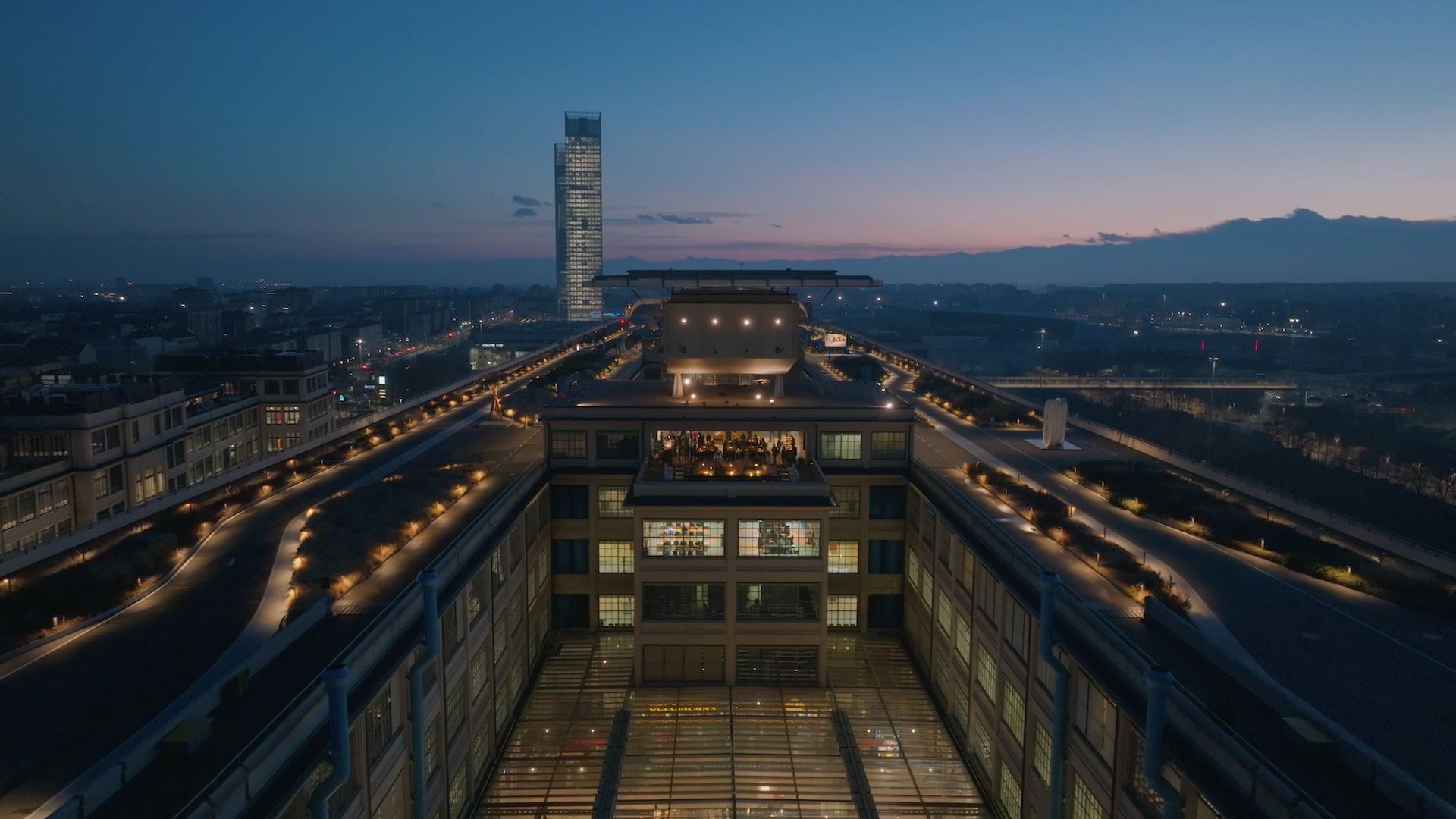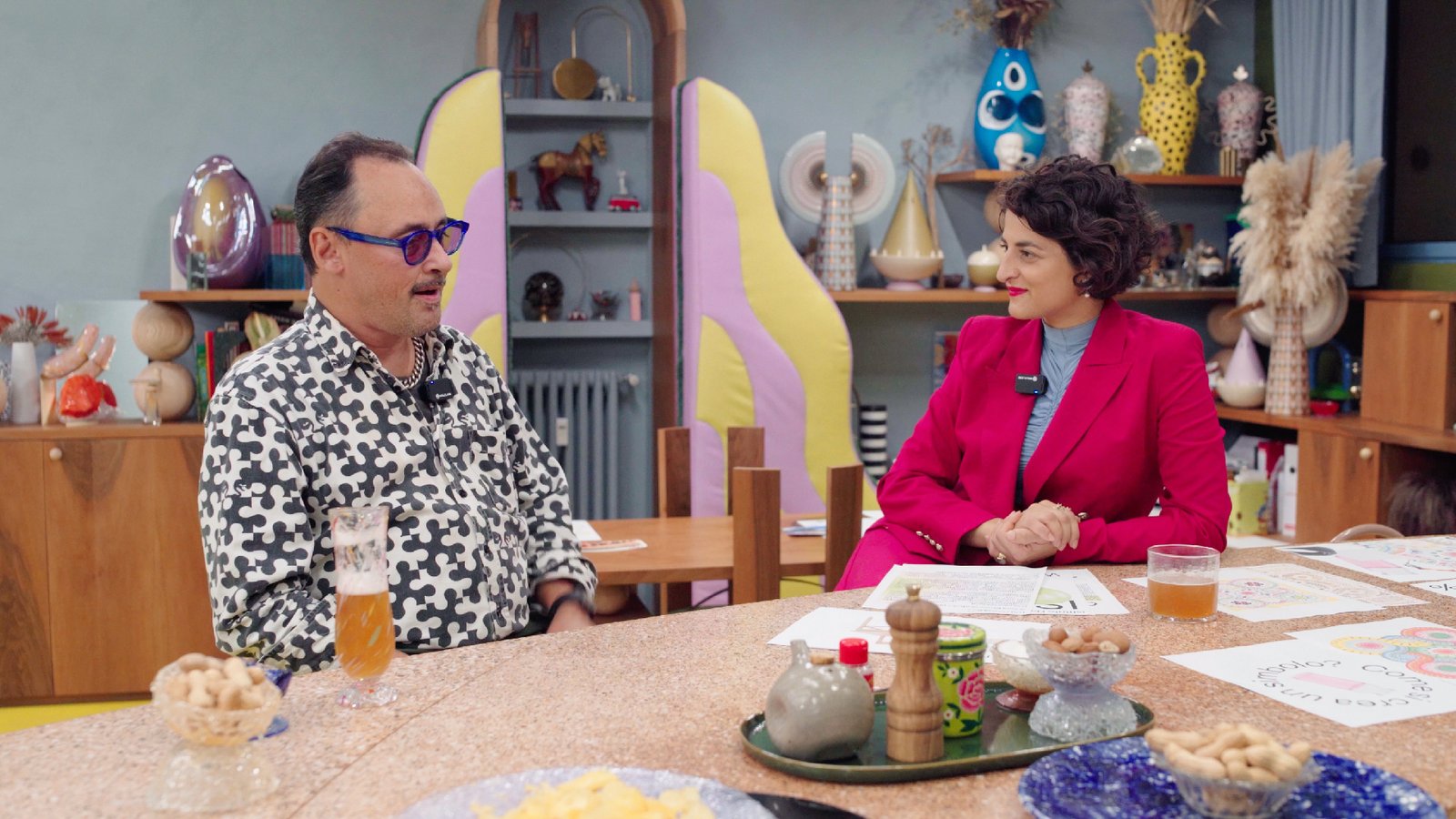
From Streetwear to the Runway: How Hip Hop and Street Art Became Mainstream
From suburban gangs to luxury brands: the evolution of a street-born culture that made its way to the spotlight of the Sanremo Music Festival and fashion weeks.
In this article, I will tell you how a culture that emerged from metropolitan suburban gangs and the underground scene came to dominate high fashion and "showcases" once reserved for an older audience, such as the Sanremo Music Festival.
It all began with Grandmaster Flash, Tupac, and the golden age of hip-hop from the late ‘80s to the early ‘90s, with artists like Run-D.M.C. and Beastie Boys, leading up to the "gangsta rap" era, which included figures such as Fatboy Slim and Vanilla Ice. This movement was closely tied to suburban cultures and the gangs that controlled different territories of New York, particularly the East Coast with the infamous Bronx, contrasting with the West Coast, represented by cities like Los Angeles and San Francisco. These settings evoked imagery similar to the cult film The Warriors, directed in 1979 by Walter Hill and inspired by the novel of the same name by Sol Yurick.
 The american rapper 2 Chainz
The american rapper 2 Chainz
Graffiti artists and gangs, fueled by rap music, controlled their neighborhoods through street practices and dynamics—the only space available to them in a context of ghettoization. Yet, from this environment, an unprecedented cultural explosion gave birth to breakdancing, skateboarding, and other artistic expressions that would define the Hip Hop (HH) universe.
Every movement needs a “uniform,” an immediate sign of belonging. Through streetwear, urban cultures generated identities and a sense of community. To stand out, people flaunted sneakers, hoodies, branded caps, and clothing enriched with iconic, flashy accessories: from oversized chains and bold rings to tattoos covering the body and gold teeth.
The great New York blackout of 1977 played a pivotal role, as it led to the theft of more powerful and advanced sound equipment. This significantly improved musical production, lyrical structures (rhyme schemes, aka “bars”), and especially sound systems, which began to amplify deeper bass frequencies. As a result, concerts, parties, and events flourished, accelerating the spread of the movement.
Hip hop evolved into a fully-fledged genre, and rap, though still niche, gained worldwide recognition, spreading even to Europe. In Italy, the movement intertwined with the posse scene—proto-rappers with a strong political and anti-consumerist stance. Simultaneously, graffiti writing fused with figurative elements and characters, evolving into what we now call street art. This led to spontaneous artistic interventions across major cities, especially Milan and Rome, throughout the ‘90s. However, these cultures remained confined to social centers and an independent niche market. Meanwhile, major sportswear brands like Nike and Adidas saw the commercial potential of this youth-driven movement and strategically positioned themselves within it.
 Space Invader Tag, Cam Evans
Space Invader Tag, Cam Evans
Milan emerged as Italy’s leading force in hip hop culture, while cities like Bologna and Rome witnessed its growth in heavily urbanized neighborhoods. Graffiti was completely illegal, and train bombing (painting trains at the risk of arrest) became one of the most iconic practices.
From the early 2000s, both street art and rap began a rapid and unstoppable process of homogenization, progressively losing the revolutionary and spontaneous essence that had characterized them in the independent scene.
Record labels started taking interest in the first generation of Italian rappers, including Fabri Fibra, Club Dogo, and Colle der Fomento, followed by Marracash, Salmo, Ghali, and others. At the same time, luxury fashion brands began to embrace streetwear on a massive scale.
From 2007 onward, with the rise of social media, street art transformed into a mainstream art form, benefiting from increased visibility and institutional recognition. However, this shift also led to a loss of originality, identity, and its subversive nature. During this period, artists like Banksy, Obey, and Space Invader emerged—figures who today are global brands, often resembling multinational corporations.
 Shepard Fairey (OBEY), Campo Santa Margherita, Venice, Italy
Shepard Fairey (OBEY), Campo Santa Margherita, Venice, Italy
Around the same time, a Ghanaian-Italian immigrant named “Gucci Boy” (later known as Bello Figo Gu) pioneered the trap movement from his bedroom in Parma, using YouTube and a basic console. Ironically, Gucci, the brand included in his stage name, legally forced him to change it. Yet, Gucci later became one of the most worn brands among trappers and their fans, as seen with U.S. trap star Gucci Mane.
Expo 2015 marked a turning point in Italy, further diluting the original meaning of street art, replacing it with the concept of urban art. This shift reflected the increasing use of urban art in public spaces for institutional and commercial purposes, including large-scale advertising murals.
From that moment, everything accelerated. A striking example is Achille Lauro, who went from Rome’s 4th Block—a breeding ground for rappers and graffiti artists like Noyz Narcos, Gemitaiz, and Coez—to Sanremo as a superstar. His style was recognized and amplified by Gucci’s creative director Alessandro Michele, who understood his aesthetic and performative potential.
For those interested in a deeper dive, Achille Lauro’s artistic journey is documented in two phases: his pre-mainstream era is detailed in the book Sono Amleto (Rizzoli, 2019), which I curated, and his post-Sanremo breakthrough is explored in the documentary Ragazzi Madre – L’Iliade (2023), self-produced by Lauro himself.
 Keith Haring at work in the Stedelijk Museum in Amsterdam by Rob Bogaerts Anefo
Keith Haring at work in the Stedelijk Museum in Amsterdam by Rob Bogaerts Anefo
The final confirmation of this culture’s complete transformation into ultra-pop came just weeks ago. For those still clinging to the illusion that street art and rap exist in their original forms, the shift unfolded before our eyes during Milan Fashion Week Men’s 2025. The most striking example? The Pdf Channel runway show, a massive success in terms of audience and media coverage, featuring Sick Luke and an original soundtrack by Tedua, Wilbandana, and Shiva—one of the pioneers of drill, the latest evolution of trap emerging from urban peripheries. In this event, graffiti writing was showcased on the runway in an aesthetic, rather than rebellious, way—far removed from the raw energy of historical collaborations like Keith Haring’s live painting at the Montreux Jazz Festival in 1983. An authentic operation, whose legacy is still alive in the merchandise in circulation.
The final shift from underground to mainstream—and perhaps the ultimate transformation of an entire movement—was even more evident this past week at the Sanremo Festival. This edition saw former rappers and trappers, now full-fledged pop stars, take center stage: Achille Lauro, Shablo and Guè, Tony Effe, Rocco Hunt, Rose Villain, Fedez, and Rkomi. All perfectly styled, dressed to the nines, and courted by luxury brands eager to have them as ambassadors. The hip hop of the past has now officially become a matter of high fashion.
Cover image: the italian singer Achille Lauro
Christian Gancitano is a cultural agitator, independent art curator and urban art specialist. Artistic director of Spaghetti Boost, he is dedicated to projects against school drop-out and educational poverty, promoting urban regeneration through street art in Milanese neighbourhoods such as NOLO, Via Padova and Lambrate. With the publishing house Rizzoli, he is author and editor for new editions of classics, as well as contemporary books such as Sono io Amleto by Achille Lauro, Le strade parlano - una storia d'Italia scritta sui muri by Marco Imarisio and SWAG: autobiografia e pensieri di Bello Figo. He has collaborated with some of the most important communication agencies in Italy and writes for Artuu Magazine and Billboard Italia.



